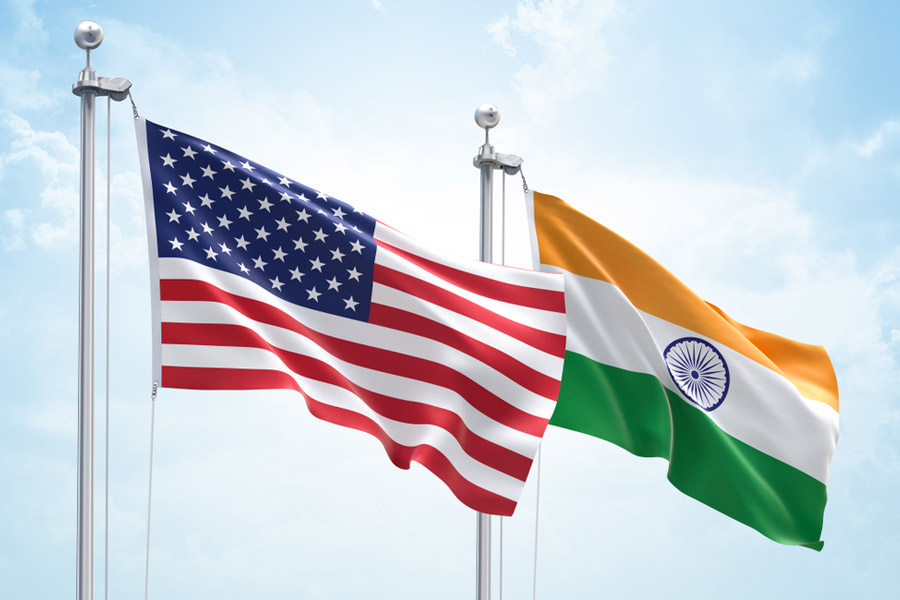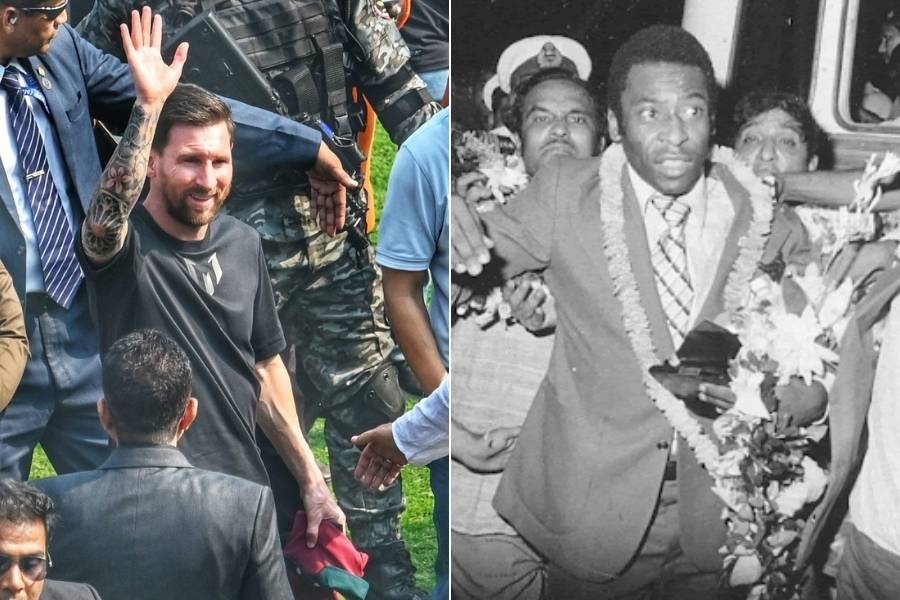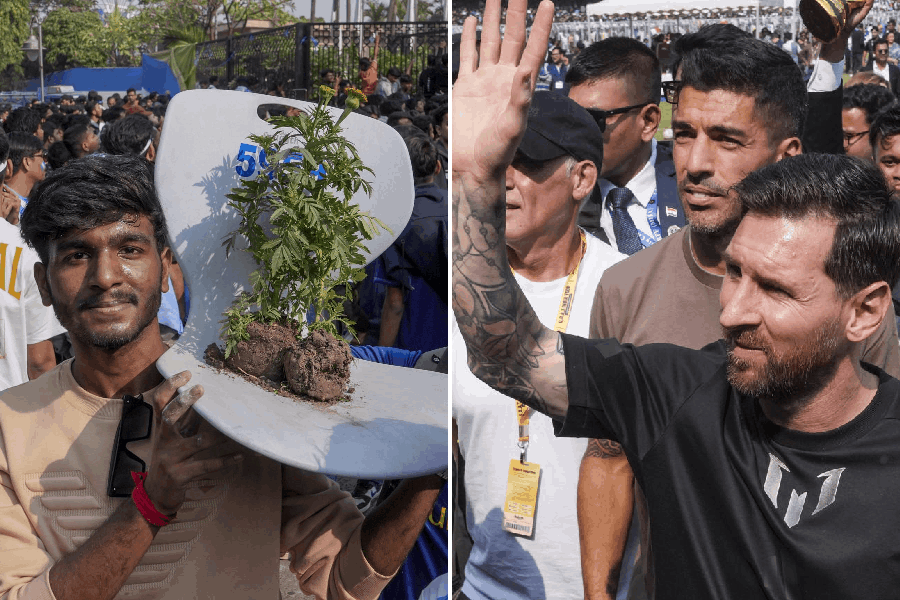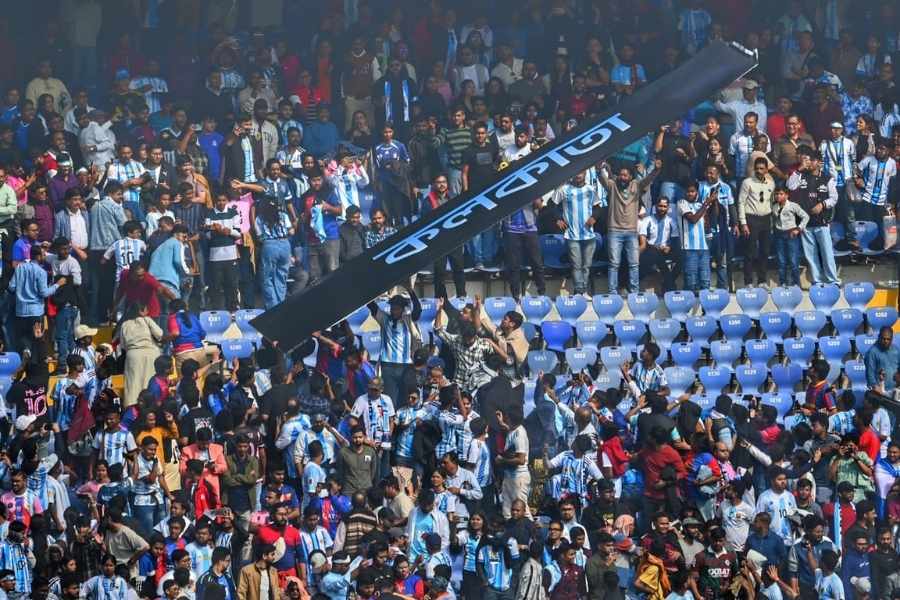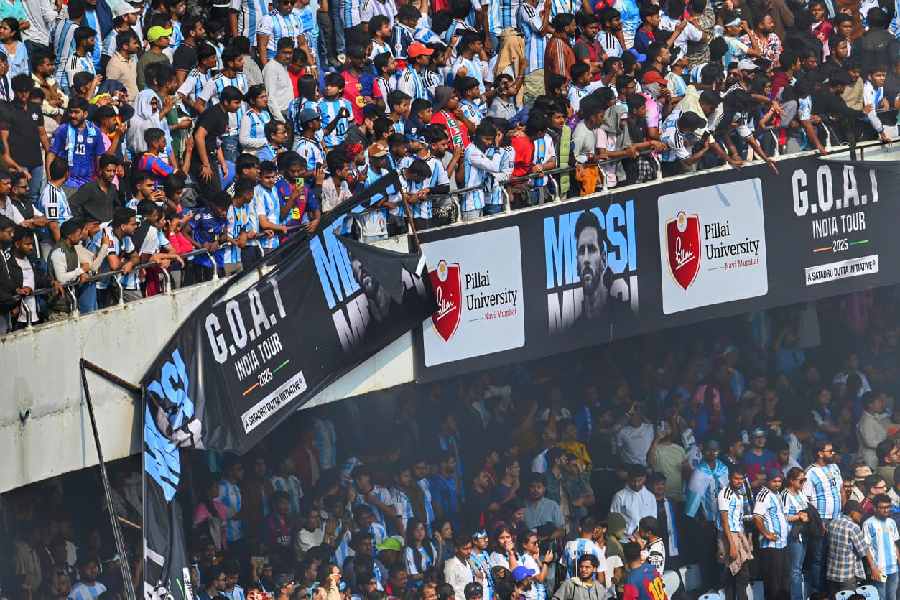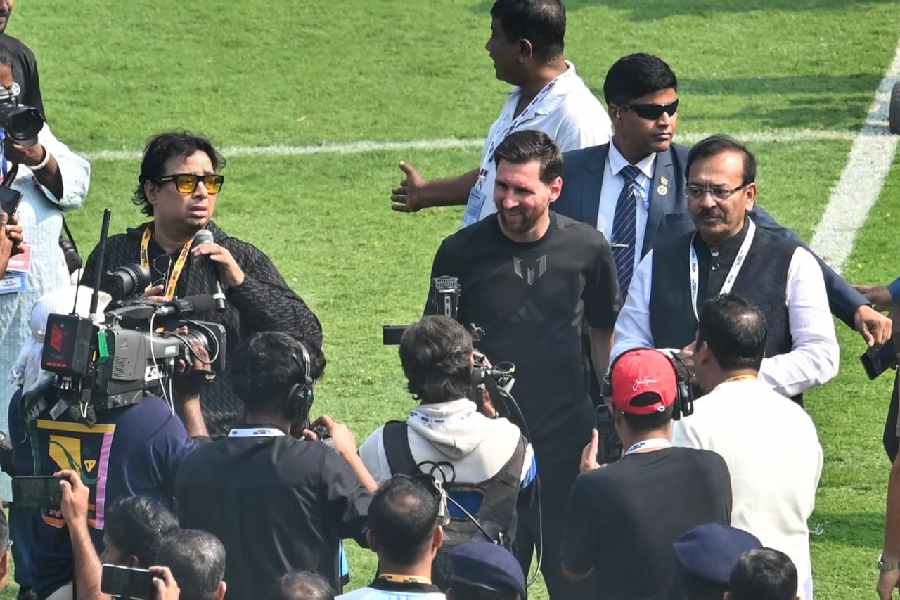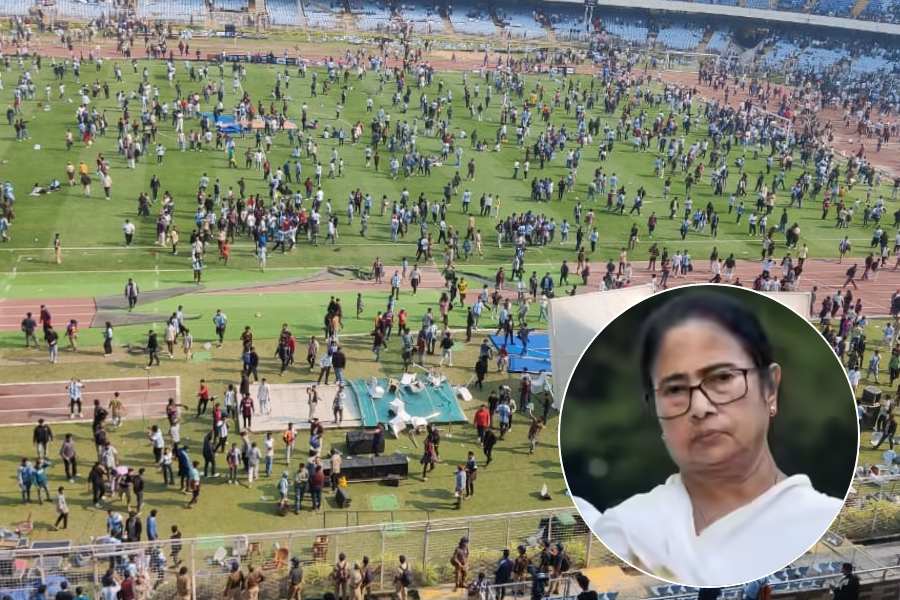Earlier this month, India’s air defence systems successfully thwarted a swarm of missiles and drones launched from Pakistan at the country’s military bases. Barring some small damage, according to military spokespersons, India’s bases did not suffer any losses.
But there are missiles that can dodge past the most sophisticated of air defence systems to strike India and Indians. They come bearing tariff threats and boasts that can damage India’s economy and its long-standing geopolitical positions. Often, they’re launched from social media platforms. And the man launching them at
the moment is the president of a country that India counts as among its closest strategic partners: Donald Trump.
Even as Indian officials meet and speak with American counterparts on a range of subjects, from trade to terrorism, Trump has repeatedly injected instability into the relationship and into Indian markets. Take Trump’s insistence that he and his administration brokered the truce between India and Pakistan. India has insisted that the ceasefire was arrived at bilaterally, after Pakistan’s DGMO called his Indian counterpart with the offer. But no person in the world has a larger megaphone than the US president. Trump declared the ceasefire before Indian or Pakistani
officials did and so set the narrative of a US-mediated peace deal that New Delhi
has since been trying to dispute.
The external affairs minister, S. Jaishankar, was asked more than once about Trump’s intervention between India and Pakistan in interviews during his recent Europe trip. “... this was something that we negotiated directly between the militaries of the two countries,” he told Denmark’s TV2 channel on May 23. New Delhi, which has long insisted that all disputes between India and Pakistan — including Kashmir — be settled without any third-party intervention, has stuck to its position. But the questioning Jaishankar has faced in recent days suggests that the perception in countries around the world is very different from the one India is keen to project.
Then there’s trade.
While Indian and US officials negotiate a trade deal in the wake of Trump’s threat to impose 27% tariffs on Indian goods, the US president has claimed that New Delhi was effectively offering a pact under which American goods would not be tariffed at all. It’s unclear whether that’s just a negotiating tactic, or whether India has indeed offered zero tariffs on several imports from the US as part of a broader deal. Jaishankar has insisted that there is no agreement on anything until the full deal is finalised. But through his public claim, Trump has made it harder for India to sell him a deal that falls short of near-zero tariffs without embarrassing the US president. Complicating India’s calculations further are Trump’s attempts to punish Apple for relocating its manufacturing plants from China to India instead of moving them back home to the US. Trump has said that any Apple product made in India would be tariffed at least 25% when sold in the US.
It is next to impossible for India to agree to a trade deal where it is expected to not tariff imports at all while its exports get tariffed at 25%. And that’s not all. In recent weeks, Indian diplomatic missions in the US have received multiple SOS messages from students worried about their future. Many of the more than a thousand students and postgraduate scholars in the US who have had their visas revoked and who, in some cases, have also been arrested, carry an Indian passport. Last week, Trump’s administration announced that Harvard would no longer be allowed to admit international students and that foreign students currently on its rolls would need to find another university to move to. Indians constituted the single largest foreign student cohort entering the US university system in 2024.
So far, the Indian government’s approach has involved treating each of these challenges with the Trump administration as an individual irritant to an otherwise robust relationship. Yet a fresh rash breaks out each time.
The cure isn’t obvious. But treating the symptoms won’t fix the problem.
Charu Sudan Kasturi is a journalist who writes on foreign policy and international relations

